People with upper limb loss or congenital upper limb difference are pretty clever at figuring out easier ways to get things done.
Things like getting dressed without help, safely driving a car, and changing a diaper with one hand.
With input from our patients, our team of upper limb therapy specialists, and a little online research, we’ve uncovered a variety of creative hacks and shortcuts that could make your life — or at least, your day — a little easier.
Some of these tips involve using a prosthesis, while others are based on using your sound hand or your residual limb or limbs.
Simple Hacks for Daily Life
Washing hands: Depending on your amputation type (unilateral or bilateral) or level, washing one's hands can be a bit of a to-do. In the image above, you can see how one of our patients can thoroughly scrub his hand without the help of the other arm. Check out our articles about washing hands when you have a limb difference and bathroom hacks for more ideas and tips.
Typing: Our patient Gerry Kinney uses a stylus to help him type. While multi-articulating myolectric hands can do many things, they can be be a bit tedious to type with. A stylus works great for hitting keys straight on.
Wearing long sleeves: If you have trouble getting your prosthesis through the sleeve of a shirt or jacket, try slipping a plastic grocery bag over your prosthesis first. It makes the process smoother, faster and easier.
Shoe lace options: There are many online videos that can help you master tying your shoes with one hand or using a prosthesis. If you’d like to take a completely different approach, check out Xpand laces no tie lacing system, Hickies elastic lacing system or the colorful options at QuickShoeLace. Or, do away with laces entirely. Nike's FlyEase is an option, or check out the No Tie Shoes category on Zappos.
One-handed diaper change: Here’s an easy tip that our patient shared with his clinical therapy speciailist: He lays his son on his tummy and gives him a toy to keep him busy. This gives dad (or mom) easy access to the dirty areas, making cleanup easier and helping the baby be less squirmy. Looking for more tips for parenting with a limb difference?
Dealing with zippers: Some of our patients, particularly those who are bilateral amputees, attach a small ring to their zippers, making it easier and faster to zip up pants and coats. You can also check out our Clothing Options for People with an Upper Limb Difference article for more tips.
Bring along some Dycem®: One of our patients who wears a transhumeral prosthesis keeps a circular piece of Dycem® non-slip material stashed in his wallet. When he’s out in public and wants to open a water bottle or stabilize a plate or other item, he can rely on his trusty Dycem® to make it easier. In our kitchen article, you can read about how it helps in that room.
Using a hammer or drill: If you’d like to try a better way to hammer in a nail or drill in a screw, look no further than a small piece of cardboard. You can stabilize a nail or screw by pushing the tip into a little square of cardboard and placing it on the surface you’re working on. Hold the cardboard with your prosthesis and use your sound hand for the hammer or drill. Once the nail/screw gets started, just rip out the piece of cardboard and finish the job.
Dressing, hair styling and more: Women can discover plenty of helpful and fun life hacks on Megan Absten’s YouTube channel. She is a U.S. Paralympic track and field athlete and is currently training for the (now delayed) Tokyo Paralympic Games. Here are links to three of her ‘how to’ videos: Getting dressed with one arm, Trying out a hair dryer brush and her insightful Life After Amputation series.
Our friend and patient, Gerry Kenny, a bilateral, below-elbow amputee, says one of his most useful tools is an elastic arm band that slides onto his residual limb to hold his toothbrush, spoon or fork. Take a look below!
These simple foam tubes like Gerry uses in the video can hold and stabilize a variety of items. They’re inexpensive and easy to order online. You can also find a cuff for holding utensils online or ask your therapist to suggest a resource.
Kitchen Hacks
Adaptive kitchen equipment: Check out our blog, Kitchen Tips for Upper Limb Amputees. Also, take a look at the one-handed work station that includes a cutting board with gripping suction cups, spikes to hold food in place, a veggie brush, various graters and a nifty bowl stabilizer — all in one compact product. We list other products in our article Kitchen Organization and Set Up for People with an Upper Limb Difference.
Be prepared: Before you begin to cook, have all of your ingredients prepared, measured and lined up on the counter. Having everything you’ll need in front of you makes cooking easier.
Carrying cookware and food: If you have a lot of items to carry, use a simple wheeled cart to move ingredients and utensils to your work space. A wheeled cart is also helpful for getting your groceries to the refrigerator or pantry.
Opening jars: A simple trick that our therapists like to share with patients is how to wedge the tip of a spoon under the edge of a sealed jar lid and then push down on the spoon handle. This pops the seal and makes the lid easy to remove.
Precut food: Consider buying precut vegetables and meats to simplify meal prep at home. When eating out at a restaurant, many of our patients will ask their server if certain food items (steak, chicken breast) could be precut in the kitchen. You may feel a little reluctant to ask, but customers make requests like this all the time.
Storing leftovers: Try lining a medium or large bowl with a zip-top plastic bag and pour or place your leftovers in the bag. It’s easier than wrangling plastic wrap or containers and lids.
If you’re looking for user-friendly storage containers for dry ingredients, check out the ones recommended in the video below by James Young, an upper and lower limb amputee.
Body-Powered & Bilateral Hacks
Our patient Gerry wants to show other bilateral amputees with body-powered arms how he’s learned to vary the amount of tension on his prosthetic harnesses. This makes it possible for him to complete some simple but important daily tasks. Take a look at his demonstration below.
Gerry is a handyman and has multiple projects going on at his farm. As someone with experience using hand and power tools, he’s had to modify his approach to using tools safely with two prosthetic devices. Here he is in his workshop.
What are your favorite life hacks with or without your prosthesis? Share your tips in the comments below.


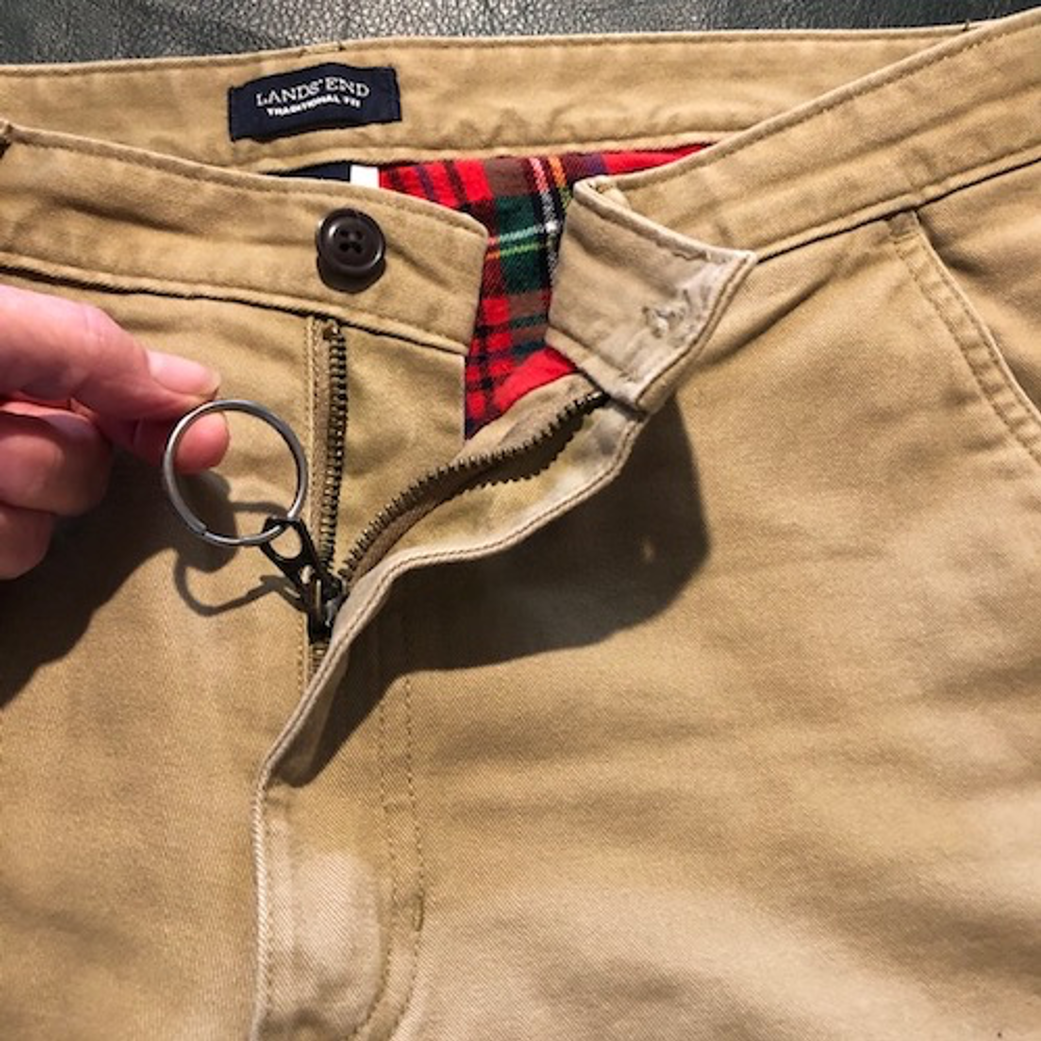
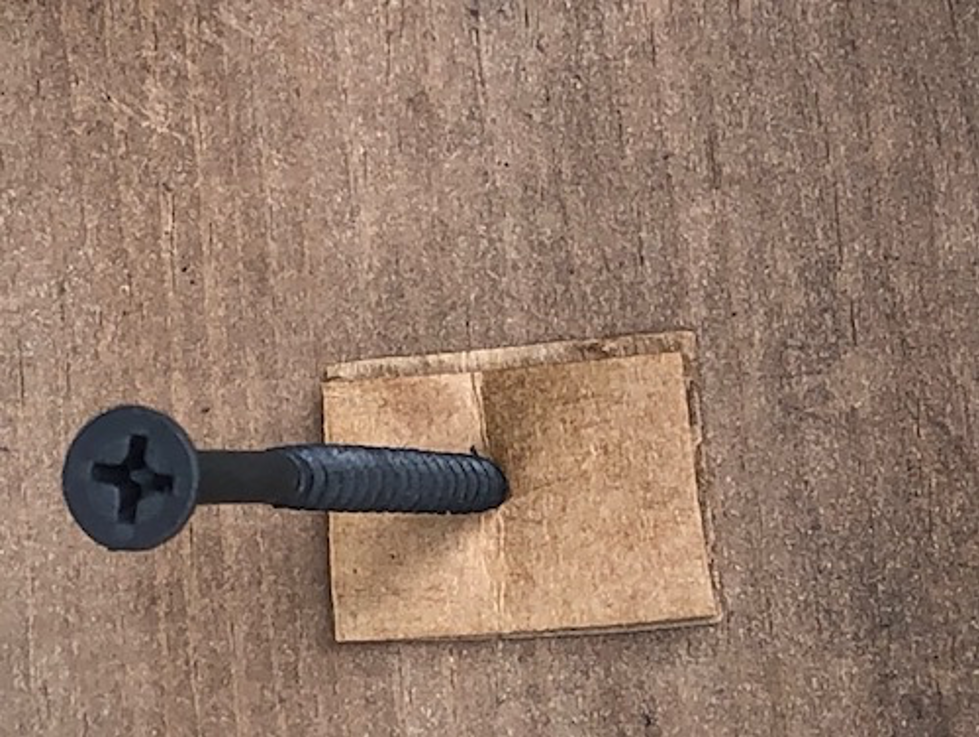
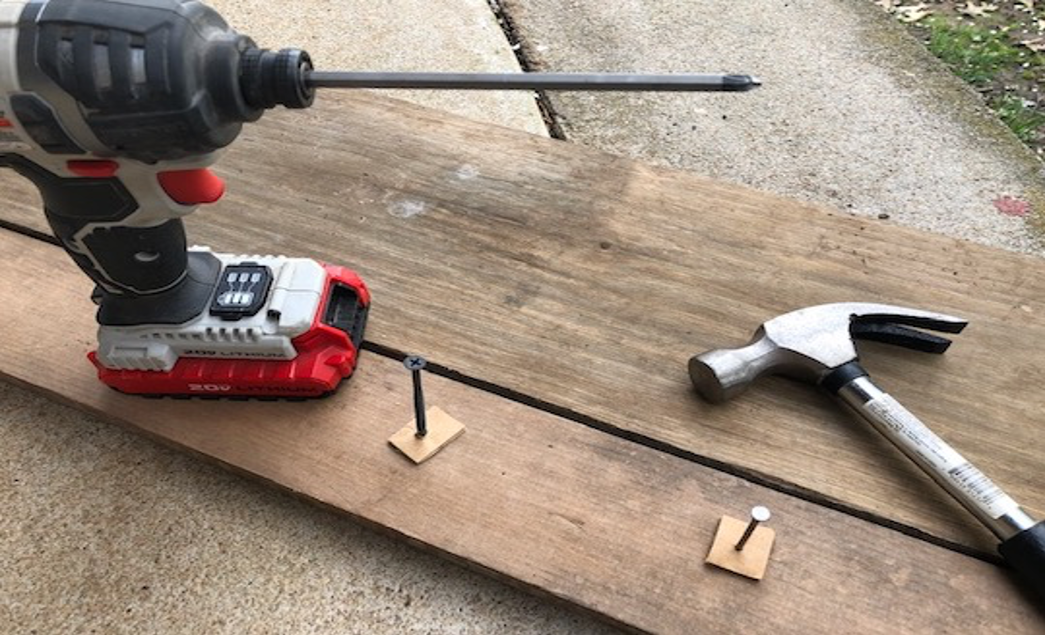
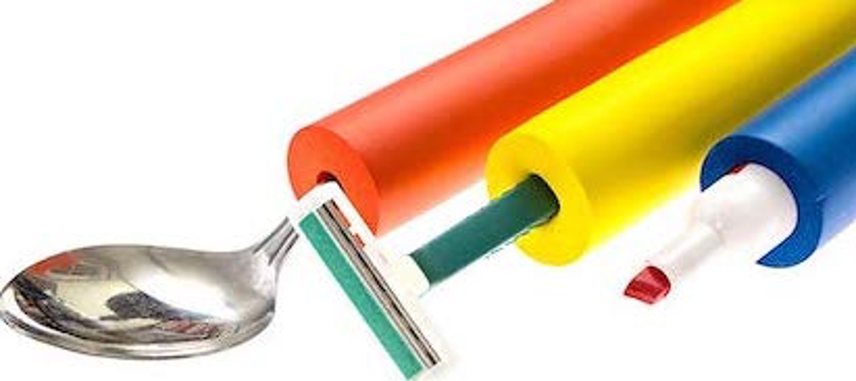
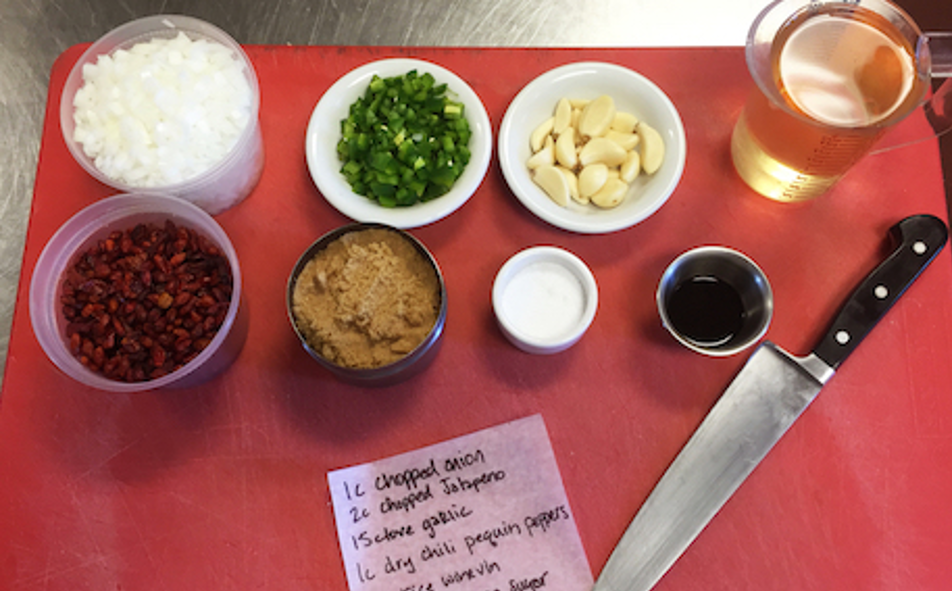
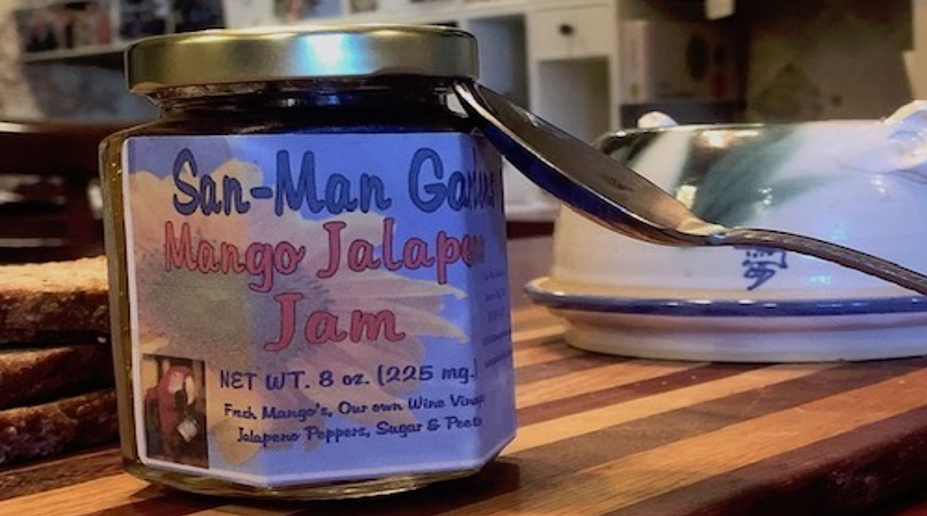



%20President%20and%20Senior%20Clinical%20Director.jpg?width=600&height=600&name=John%20M.%20Miguelez%2c%20CP%2c%20FAAOP(D)%20President%20and%20Senior%20Clinical%20Director.jpg)










Comments (1)